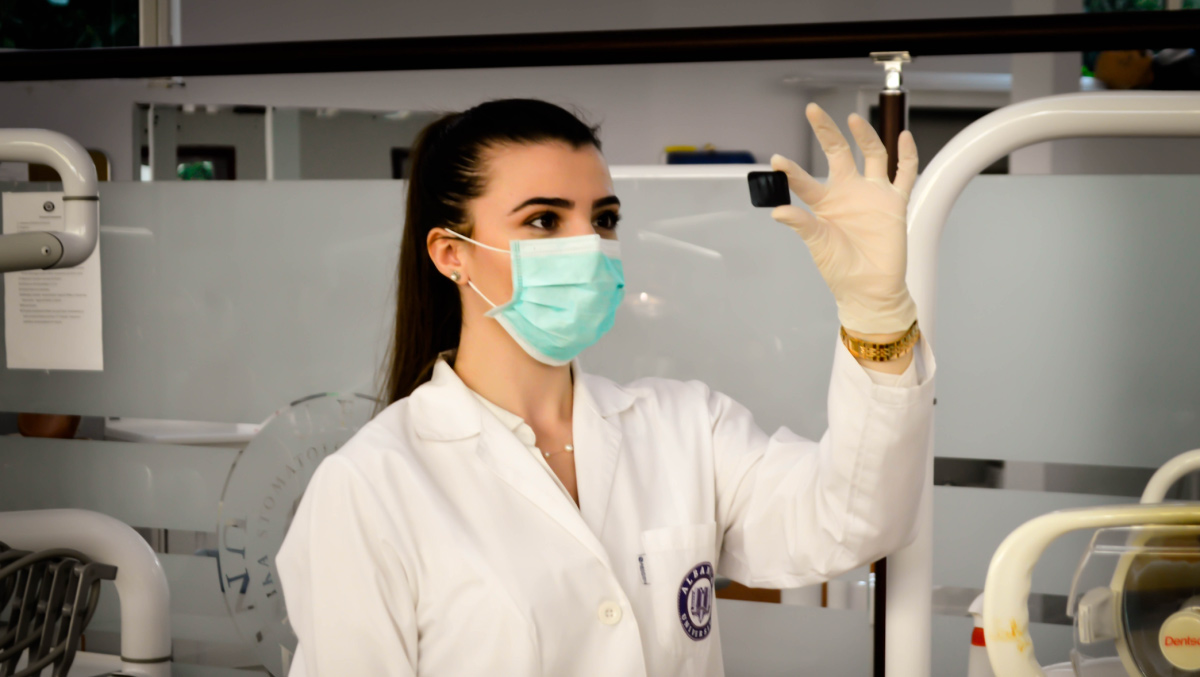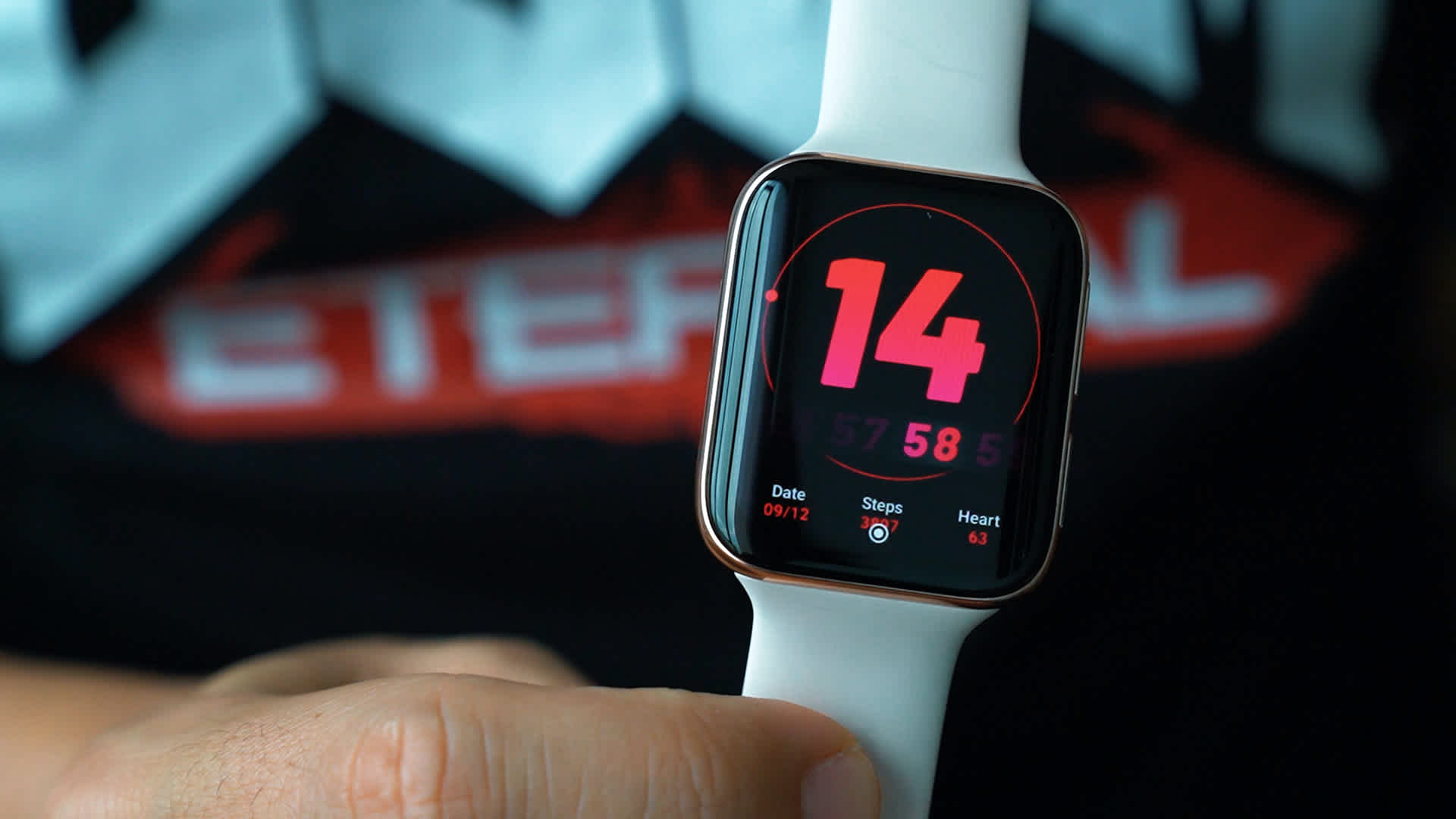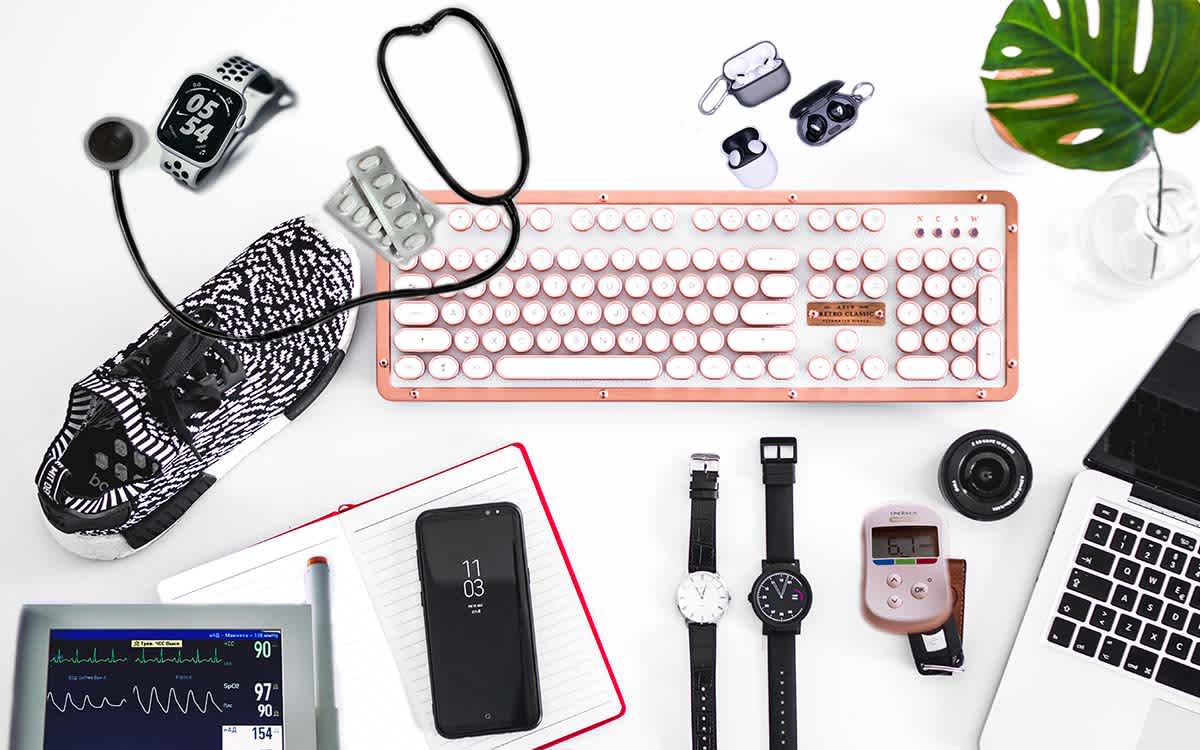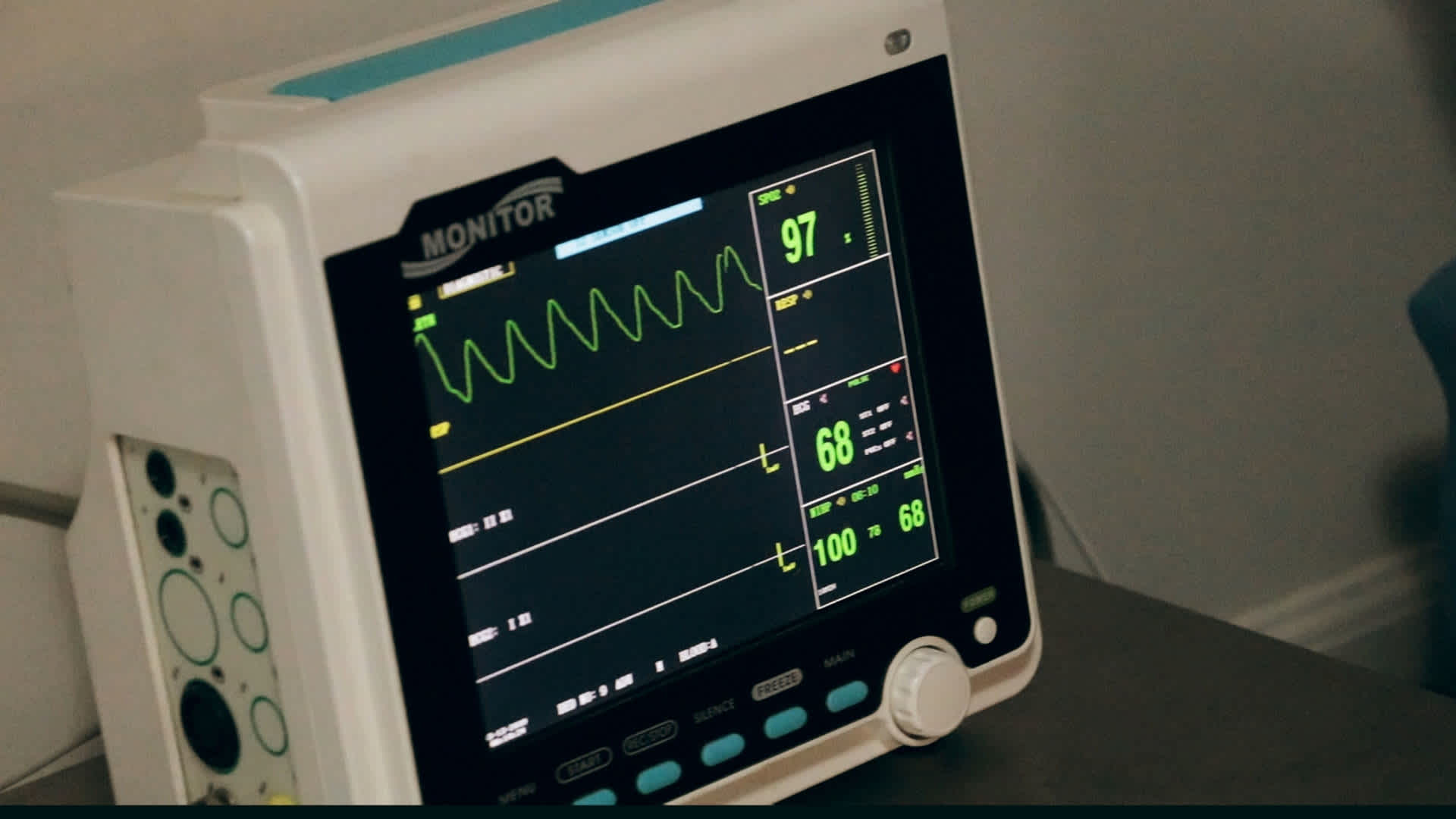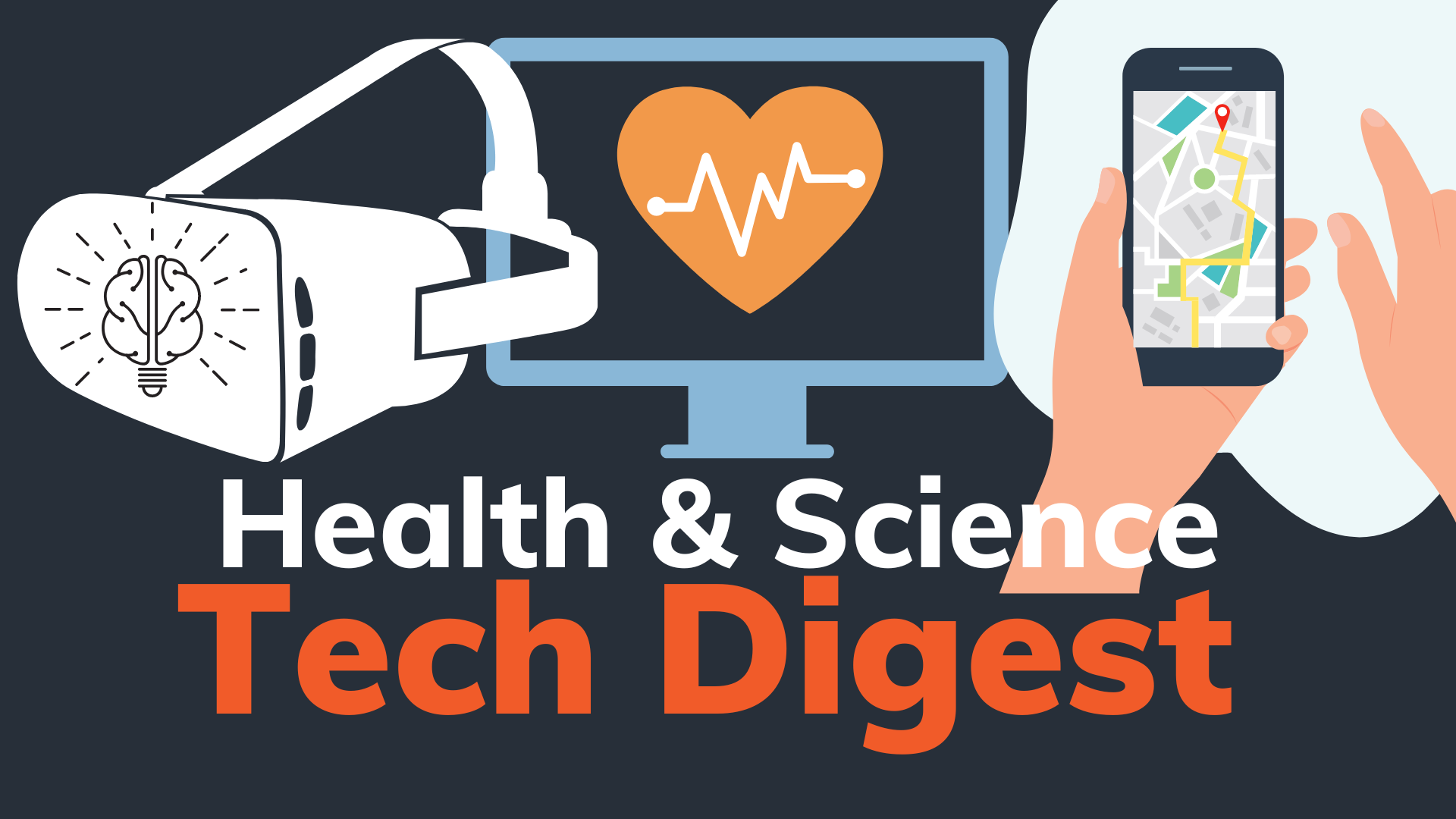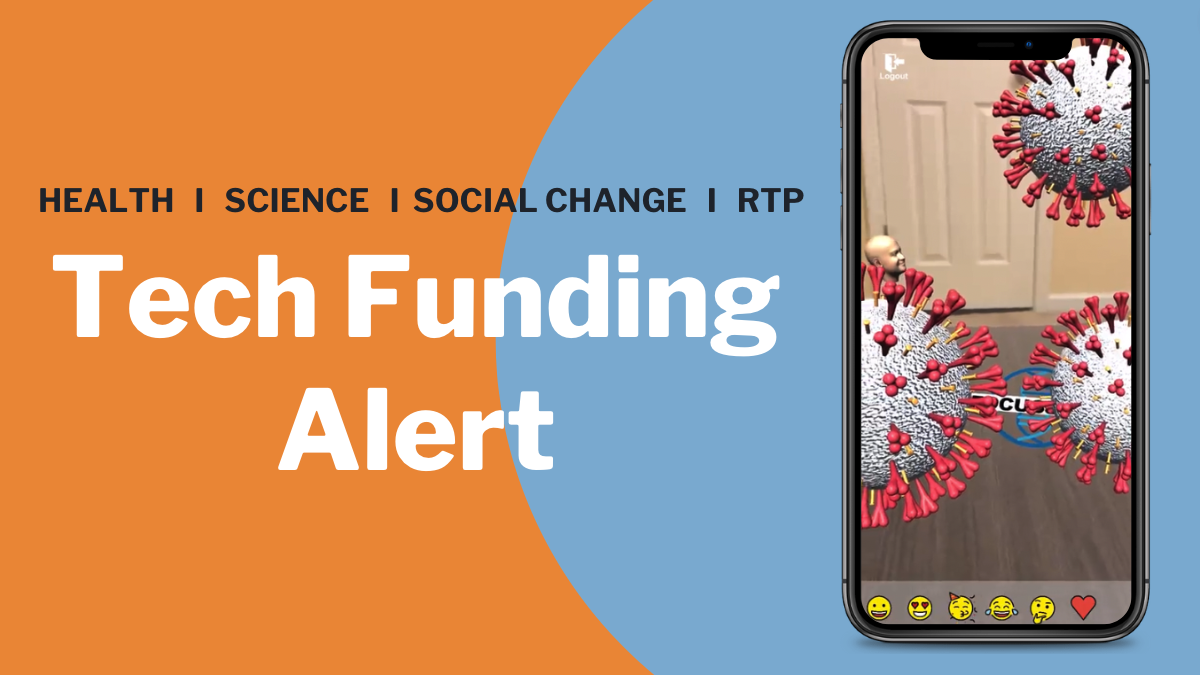On August 31, 2021, the Federal Wearables Summit was held as a broad effort by federal agencies, patient groups, medical researchers, and data security specialists to discuss the future and possibilities for monitoring health using wearable technology. Topics ranged from patient and provider perspectives, applications for medicine, and the impact of wearables on behavior and health outcomes.
The Future of Wearables in Healthcare
Though the development of wearable medical technology is still at its early stages, what we learned is that wearables will change the landscape of healthcare. Its potential to untether us from the requirements of a medical visit, by sending personalized health data to providers in real-time, will lead to promising remote monitoring capabilities and early detection of diseases. Essentially, remote care will be greatly expanded by the innovative development of wearable sensors and its contributions to the digitalization of medicine.
Why Wearables?
The opportunities for capturing health data is already proven in smart watches, where measures of our physiology, such as heart rate, electrocardiogram, and oxygen saturation, have empowered us to make healthier choices in our lives. One of the more promising aspects of wearables today is its increasing affordability as a consumer technology, which allows it to be accessible to individuals who are traditionally hard to reach – including those who may experience physical and geographical limitations, as well as other vulnerable and hidden populations who have difficulty receiving healthcare.
Fortunately, smart devices that track activity, like Fitbits, are now widely-used with market penetration throughout the world. And as wearables are developed with a simpler user interface, it has become broadly adopted and easily available in stores, motivating us to share our wellness goals and physical activity with others (How many steps did you do today?).
While the features I’ve just mentioned only highlight wearable features in the present day, the future holds more compelling possibilities for our health. Even now, sensors are being developed to detect falls for the elderly, provide remote diagnostics of the spread of viruses, and give insight on the physical and social biomarkers of patients along the continuum of disease. With the endless promise this technology can bring, what does the future really look like in healthcare?
The Future of Wearables
The following summarizes a snapshot of future opportunities discussed in the Summit, where wearable tech can have great impact in the future of healthcare.
1. Diminish the Severe Outcomes of Disease
The convenience, portability, and flexibility of wearable technology on users will help researchers and health providers understand the social and physical behaviors of a person on-the-go. Throughout the Summit, there was a sense that wearables could blur the line of when data retrieved from sensors could be defined as fitness-related and when it is considered within the medical domain.
As the medical landscape delineates the distinction, the opportunity to understand a person before diagnosis – before becoming an actual patient – will provide greater understanding of the patterns of healthy and unhealthy habits that contribute to disease. With this knowledge in hand, doctors can improve health outcomes by cautioning individuals towards positive behavior changes, based on their own data. In essence, as “healthy individuals” begin to show negative symptoms detected by the wearable sensors, physicians could be able to catch the disease before it gets worse.
2. Never-Before-Seen Insight About the Body
When thinking about wearables, you can imagine many possibilities coming from the application of miniaturized technology with the capability to gather a large amount of information about the body. While the wrists may be the most convenient place to mount wearables so far, discussions in the Summit underscored the fact that it is not the sole location optimized to collect information about what is going on with a person’s health.
Clinician-researchers spoke about the opportunities to detect personalized physiological and social biomarkers from areas of the body such as the fingertips, the ears, and the thorax. For example, Dr. Steve Xu from Northwestern University spoke to the potential of the suprasternal notch, where a 2x2cm of space in the lower neck area can collect all sorts of data, from speech vibrations, body position and movement, to respiratory sounds, just to name a few. The capability of our bodies to provide insightful data through strategically placed sensors would advance medicine to a great degree because of the never-before-seen health information that could be retrieved from multiple areas of the body.
3. Enhancing Telemedicine and Engagement in Remote Care Delivery
Trends have shown a considerable shortfall in the number of physicians choosing to practice primary and specialty care. The expected physician shortage will further compound the challenges of managing a complex health system, and it is now more pressing than ever to consider new ways of delivering care. One solution became readily apparent with the rise of Covid-19, where the benefits of telemedicine have not only helped control the spread of the virus, it has proven to make it easier to connect with a physician or nurse within the comfort of your home.
Wearables can enhance telemedicine even further. Industry and academic research has shown that users benefit health-wise through physical activity monitoring, social support and motivational notifications delivered through wearable interfaces. The ability for us to know our health status through real-time data and alerts, then communicate with providers remotely about our concerns, can inspire us to be active participants in our health.
4. Tool for Informing Personalized Medicine
It’s clear that wearables can be an effective tool to gather patient data from a distance. However, Summit presenters highlighted that wearables can also help us understand the full continuum of disease, mainly through the long-term measures sensors can provide about an individual. Currently, the way health measures are generally gathered can only provide a snapshot of health status. When vital signs are collected during a medical visit, for example, the values reflect the condition of a patient at that one point in time in a clinic.
Wearables allow for understanding long-term patterns of biological markers, such as blood pressure and heart rate, that are happening to a patient at home and throughout the day. We can also look to sensors used currently for diabetes as an example. New diabetes sensor patches capture glucose levels and provide critical information by showcasing the blood sugar reactions of individuals continuously, with some patches working for as long as 14 days. As you can see, providers armed with long-term data, will be able to develop more tailored care plans and targeted treatments, based on a patient’s personalized needs.
Future Concerns
Despite the promise and potential of wearables, there’s still a number of challenges faced by the industry. To a very sick patient, wearables can be a more convenient and less invasive alternative to managing the logistics of a physical medical visit. However, there is some degree of technical literacy required to operate new technology. It’s essential that medical innovators prioritize user interface when designing wearable tech. Patient groups that would greatly benefit from the convenience of wearable sensors, such as the elderly, may find themselves frustrated with the learning curve required to adopt new technology. The more user-friendly the design, the better chance for engagement, accuracy, and improved patient outcomes.
Lastly, while wearables provide the capability of continuous capturing and monitoring of health data, there are still issues concerning incompatibility in data flow with existing digital technologies, such as electronic health records. Wearables can only be considered successful when they can effectively connect and exchange data, in a safe and secure manner, with other medical devices. As with many new medical technologies, addressing interoperability is key to accomplishing the promise and possibilities of wearable technology.
If you are thinking about developing wearable technology for health, we welcome your email at hello@crosscomm.com
